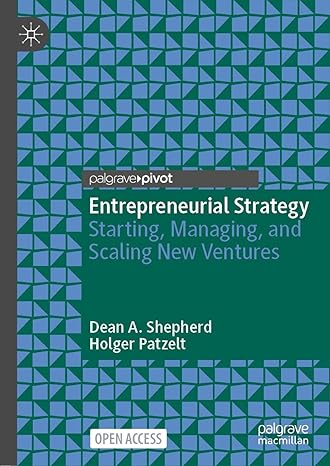This open access book focuses on explaining differences amongst organizations regarding various attributes, forms, and outcomes. By focusing on the “how” of new venture creation and management to produce well-established organizations, the authors aim to increase our understanding of the antecedents of most management research assumptions. New ventures are the source of most newly created jobs generated in an economy, new industries and markets, innovative products and services, and new solutions to economic, social, and environmental problems. However, most management research assumes a well-established organization as the starting point of their theorizing.
Building on the notion of guided attention, it details how entrepreneurs can allocate their transient attention to identify potential opportunities from environmental change and how entrepreneurs allocate their sustained attention to form beliefs about radical and incremental opportunities requiring entrepreneurial action. The authors explain how entrepreneurs build such communities and engage community members over time to co-construct potential opportunities for new venture progress. Using the lean startup framework, they connect the dots between the theorizing on identifying and co-constructing potential opportunities and the startup of new ventures. This leads to a new overarching framework based on are (1) co-creating a startup, (2) organizing a startup, and (3) performing a startup to bring together the many disparate threads of research on new ventures. The authors then theorize on the importance of knowledge in organizational scaling.
Based on cutting-edge research from the leading entrepreneurship journals, this book expands knowledge on the cognitive aspect of the new venture creation process.







نقد و بررسیها
هنوز بررسیای ثبت نشده است.